A Moth with a Big Snout and No Ears -- Also, Can Moths Hear? (includes 4 Macro Photos)
This moth, of the genus Pararguda, came for a visit a couple of nights ago. It is most likely P. nasuta. It belongs to a family of moths known as the Lasiocampidae, which go by various common names such as Eggers, Lappet moths, or Snout moths. There are no prizes for guessing which name is the most appropriate for this one. The labial palps are quite elongated and project straight out, giving the appearance of a long snout.
Can moths hear?
Many species of moth can hear. They have a tympanal organ (basically an ear drum) on the abdomen. However, not all moths have the ability to hear. In fact the poor old snout moth above, is totally deaf. This is probably because they have no need for a sense of hearing. For those moths that do have a sense of hearing, the primary benefit would be to detect bats. This requires an ear that can detect very high frequencies. Indeed the Greater wax moth, Galleria mellonella, has been found capable of detecting ultrasonic frequencies of almost 300 kHz. So, is the Snout moth at great risk of being preyed upon by bats? Not really. One study showed that atympanate moths (those without a tympanal organ) are generally on the wing at times when bats are least active.
The first photo below shows dorsal and ventral views of the moth. This image is made from three separate shots of the same moth, I did not line them up like that. Some may wonder about the welfare of the moth on it's back :-) The moth is actually alive and quite healthy. Some moths will drop to the ground and play dead as a defense mechanism. When this one dropped and played dead, it was a perfect opportunity to get the shot. It was in an open area and it it was free to fly away at any time. In fact, since releasing it, it has just sat there. As it is a female, it will no doubt be emitting pheromones and patiently waiting for a male to pick up the scent.
Click on images for a larger version
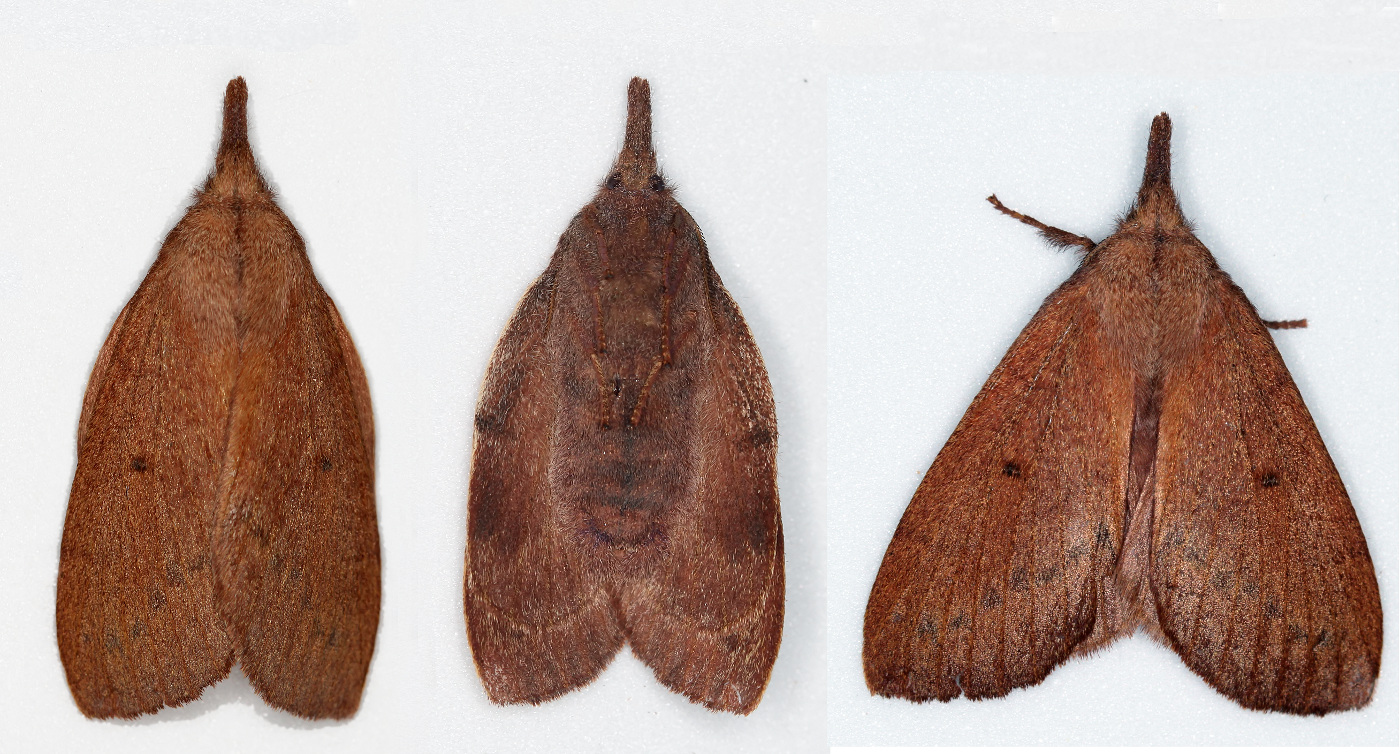
Dorsal and ventral views of P. nasuta
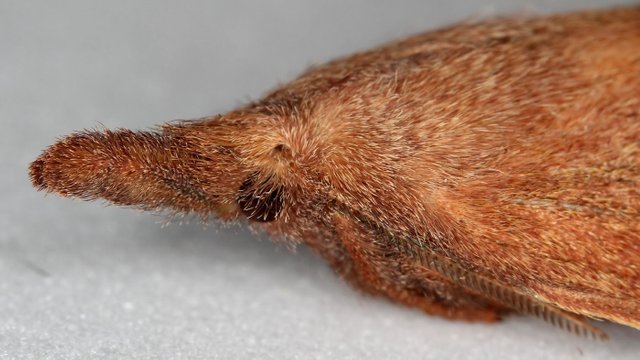
The elongated labial palps of P. nasuta look like a long snout.
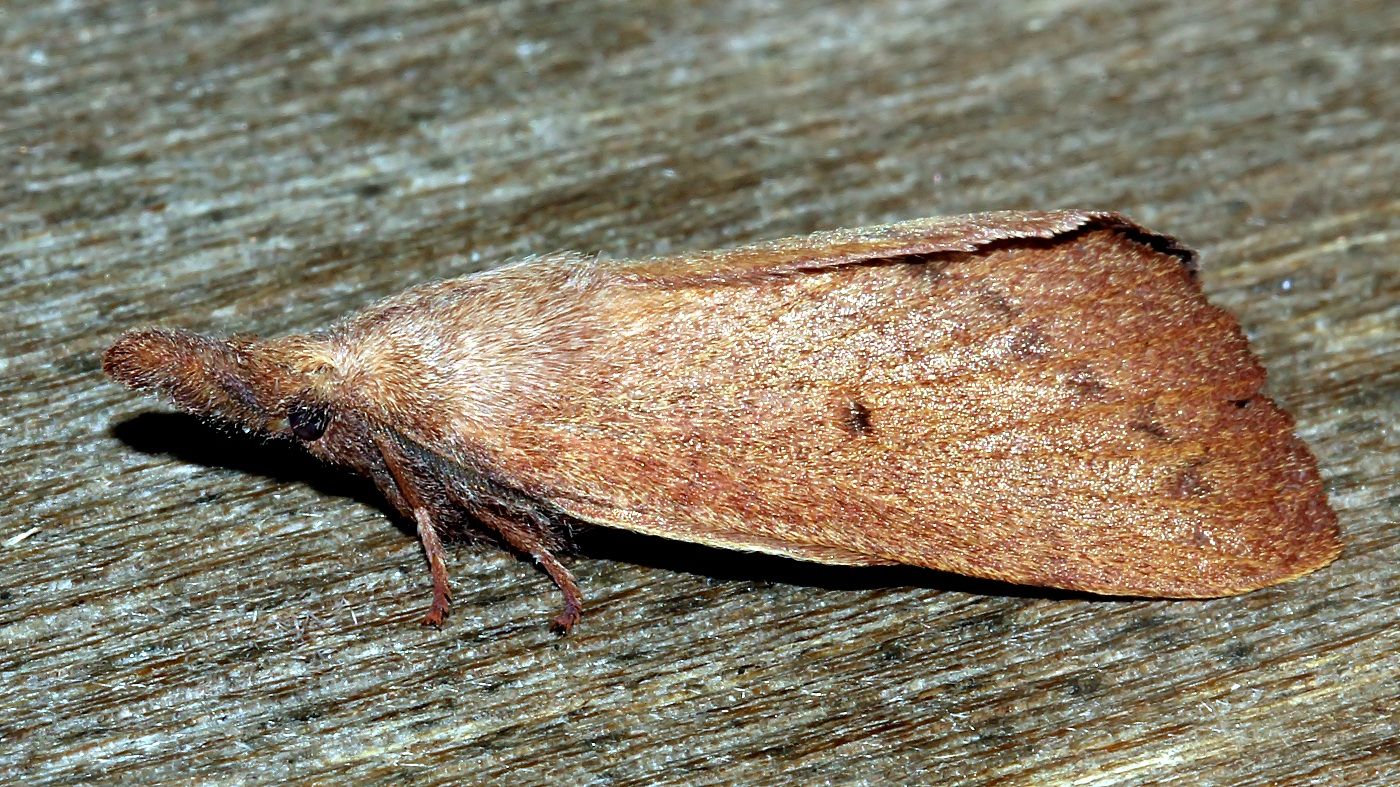
Lateral view of P. nasuta
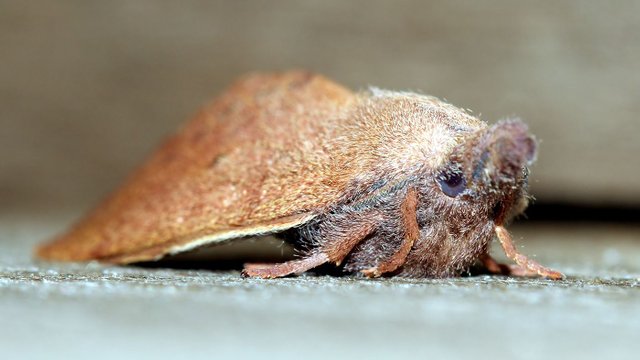
Frontolateral view of P. nasuta
References:
- Yack J. E. (1988). Seasonal partitioning of atympanate moths in relation to bat activity. Can. J. Zool. 66, 753-755. 10.1139/z88-111
- Moir, Hannah and Jackson, Joseph and Windmill, James (2013) Extremely high frequency sensitivity in a 'simple' ear. Biology Letters, 9 (4). ISSN 1744-9561

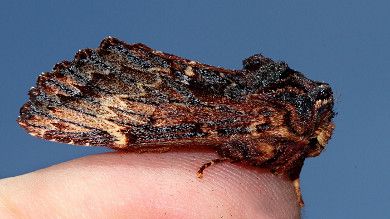
Backyard Mothing Part 2 - Ten Moth Photos 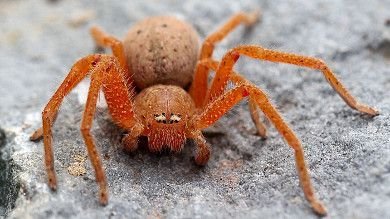
The Badge Huntsman Spider 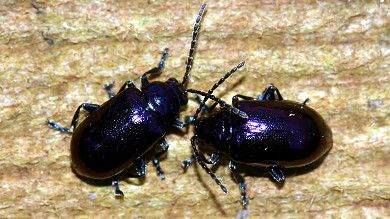
The Blue Metallic Flea Beetle 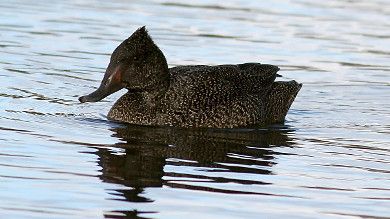
Rare Freckled Ducks Vist Tasmania |
Oooh! A hairy little deaf moth! It's beautiful in its ugliness :P
Yep. That about some up the post :-)
That macro view of it's face is just too cute. Who knew moths could be adorable? Great post!
Thanks. Most moths are cute although I have seen a few that definately were not ☺
I think I've seen these before and thought they were leaves:) Up close, their noses remind me of elephant shrews.
Watched the video :-) Would be funny if the moth could wiggle it's snout like that :-)
That would be amazing!
This post received a 1.6% upvote from @randowhale thanks to @mostly.nature! To learn more, check out @randowhale 101 - Everything You Need to Know!
Nice photos and profile.Follow und upvote ; )
Thank you @apismellifera a.k.a the European honey bee ☺
Just resteemed your post and followed :)
Thanks very much
Sick photos, enjoyed your content. Have an upvote!!
Thank you
Quality post
Thank you
Hi @mostly.nature, thanks for giving an awesome experience through your post and content. i am following you for more tastes.
Thank you. Glad you find it interesting.